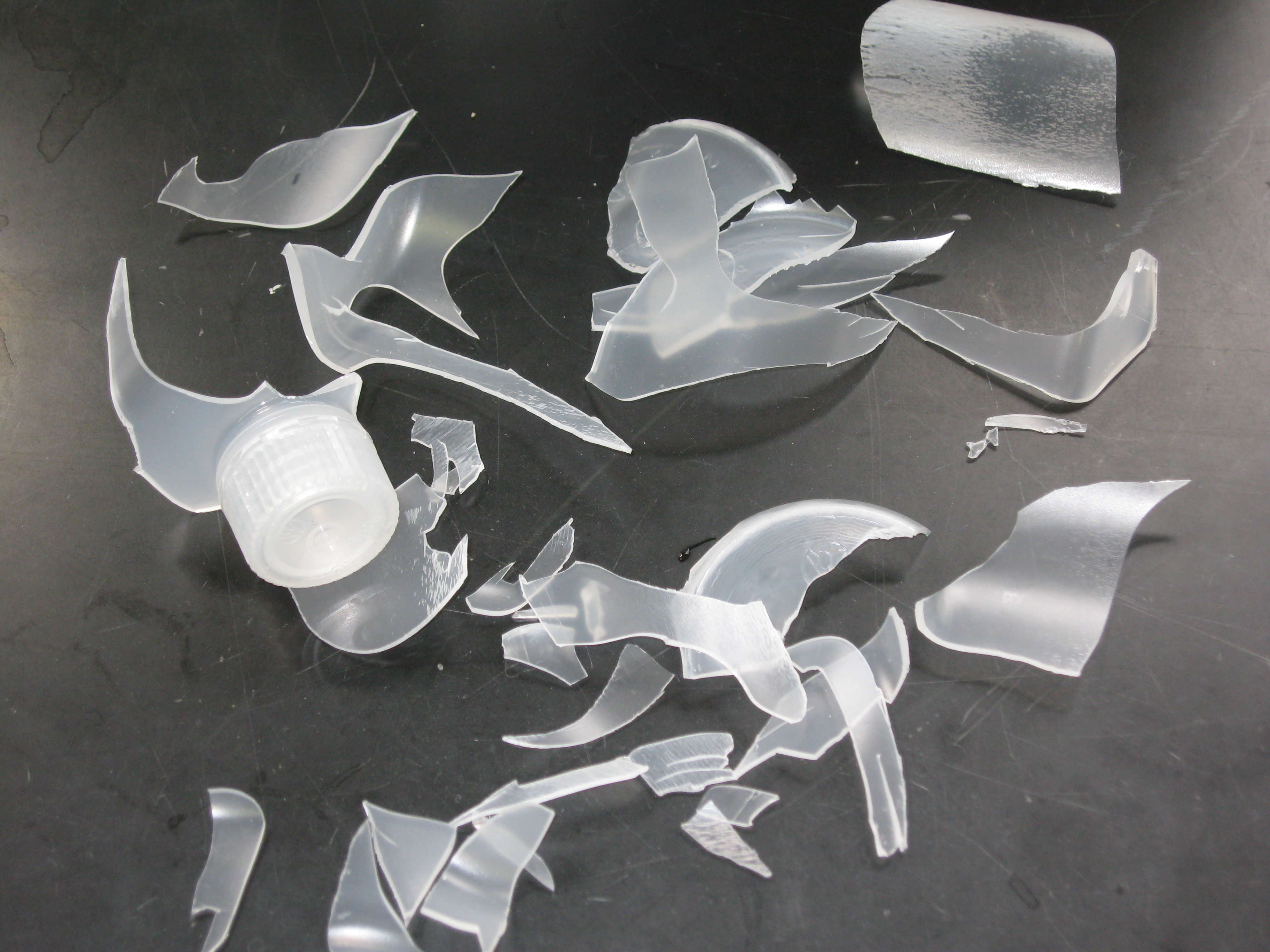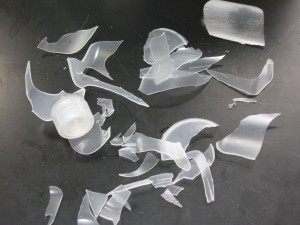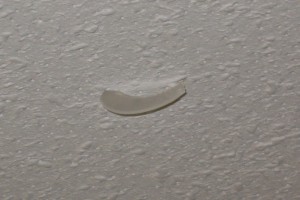
Extreme Phase Change!
Usually the during the week of homecoming, my Biophysical Science class is just finishing up a basic chemistry unit on the properties of matter. To keep the kids focused on science, I make sure to obtain a little dry ice to have my students observe a unique phase change known as sublimation.
We observe:
- Sublimation of dry ice
- Density of carbon dioxide (bubbles with hover over more dense carbon dioxide – see video)
- Carbon Dioxide as a liquid (under pressure) as it exists in a gas cylinder
- Carbon Dioxide as a liquid (by sealing off a pipette with pliers, students can safely observe carbon dioxide liquefy as the pressure increases – see phase change diagram of carbon dioxide)
- Rapid sublimation of carbon dioxide in water in a sealed Nalgene bottle (see videos below)
CO2 Expansion 2007 from Brian Bartel on Vimeo.
Note the rapid condensation that appears on the lab table once the pressure is equalized.
CO2 Expansion 2008 from Brian Bartel on Vimeo.
NOTE: this demonstration was done behind a Plexiglas screen when there were no kids in the room. Below are pictures of the bottle before, after, and a piece that was lodged in the ceiling (of which I am quite proud).

Nalgene Bottle After Phase Change

Bottle Piece Lodged in Ceiling
I should emphasize that this rapid buildup of gas pressure can be very dangerous. In fact, the rapid vaporization of liquid nitrogen in a sealed plastic container is exactly how I once blew up a sink. This is why a safe alternative to a live demo is to videotape it for future use.
